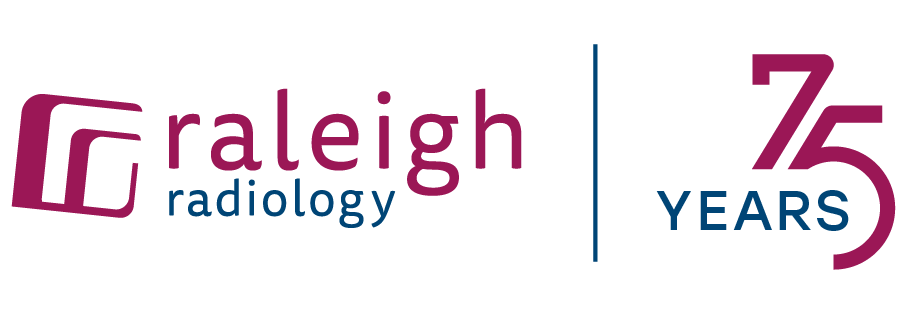Imagine you’re looking at a sky that’s filled with thick, white clouds – looking for a tiny white bird. Now, imagine you’re looking at a clear, blue sky looking for that same tiny white bird. In which scenario do you think it would be easier to see the white bird?
This is the analogy that fellowship-trained, board-certified breast imaging radiologist Dr. Kenneth Crosby often shares with his patients when explaining what it means to have dense breast tissue. For radiologists whose eyes are trained to look for small white masses on a mammogram, it’s simply harder to detect abnormalities in women with dense breast tissue.
When talking about breast density, it’s first important to understand the various categories of density. Dr. Crosby explains there are four categories as follows:
- Fatty breasts mean the breasts are made up mostly fat – this accounts for 10% of women.
- Scattered areas of fibroglandular density mean some areas of the breast are dense, but most are not. This accounts for 40% of all women.
- Heterogeneously dense means most of the breast tissue is dense in nature. This accounts for 40% of women.
- Extremely dense means nearly all the breast tissue is dense. This accounts for just 10% of women.
Generally, those with heterogeneously dense or extremely dense breasts are those who are considered to have dense breast tissue.
In North Carolina, state law mandates that your radiologist include this information in their report. That’s because women with dense breast tissue are considered to be at a slightly higher risk for developing breast cancer, although doctors aren’t yet sure why this is the case.
With that said, dense breast tissue is extremely common – accounting for 50% of all women – most of whom will never develop breast cancer.
“When looking at mammogram results for women with dense breasts, it can be more difficult to see the white masses that may indicate cancer,” explains Dr. Crosby. “While we certainly don’t want these women to be overly concerned, we do often recommend these women opt for a 3D mammogram. 3D mammograms allow us to get more images of the various layers of tissue within the breast – making it easier to detect abnormalities that may not show up in a standard mammogram.”
Even so, Dr. Crosby reiterates that when it comes to breast cancer screening, the mammogram is still considered the gold standard. While other tests such as breast ultrasound or breast MRI are available for areas of concern, women who have a 2D mammogram or 3D mammogram and are not at an increased risk of breast cancer (due to personal/family history or other factors) don’t typically need another level of screening.
“While ultrasound and MRI imaging studies are helpful for looking at abnormalities identified on a mammogram, they may also often provide false positives that could result in costly biopsy procedures and a lot of unnecessary anxiety for women,” Dr. Crosby explains. “With that said, I never want to take the power of choice away from my patients.” In these cases, the patient’s referring physician will need to order a breast MRI in order for us to complete this secondary level of testing.
In addition, Dr. Crosby recommends that even during Covid-19, women should make sure to stay on schedule for getting an annual mammogram and have a yearly clinical breast exam from a primary care provider or OB/GYN. Furthermore, women are urged to conduct monthly self-breast exams as recommended by the American Cancer Society.
Dr. Kenneth Crosby is a fellowship-trained, board-certified breast imaging radiologist with Raleigh Radiology. He earned his medical degree from the University of North Carolina School of Medicine, where he went on to complete his residency in diagnostic radiology. He also completed his fellowship training in breast imaging from the University of North Carolina School of Medicine. He is a member of the American College of Radiology, the Radiological Society of North Carolina.
